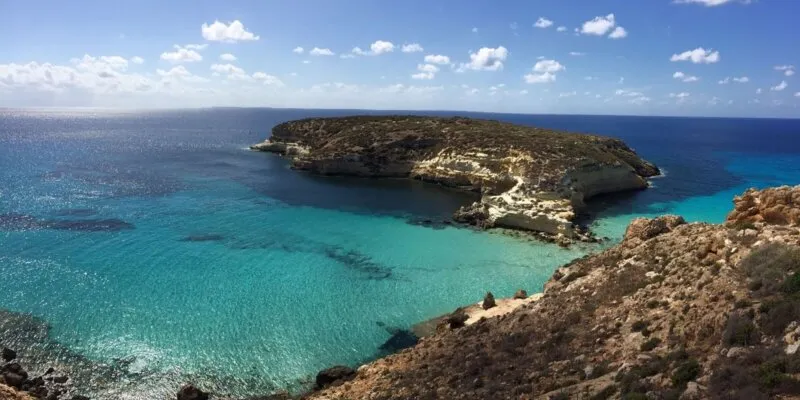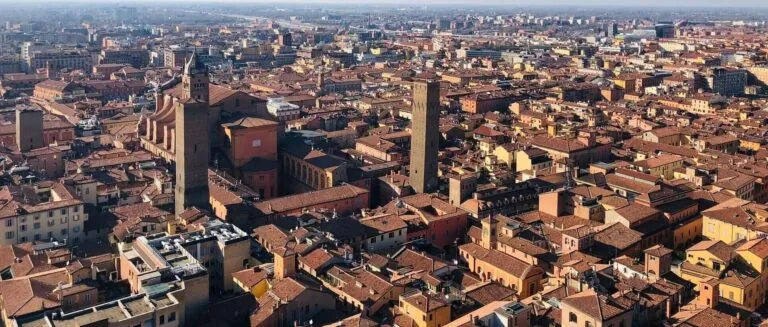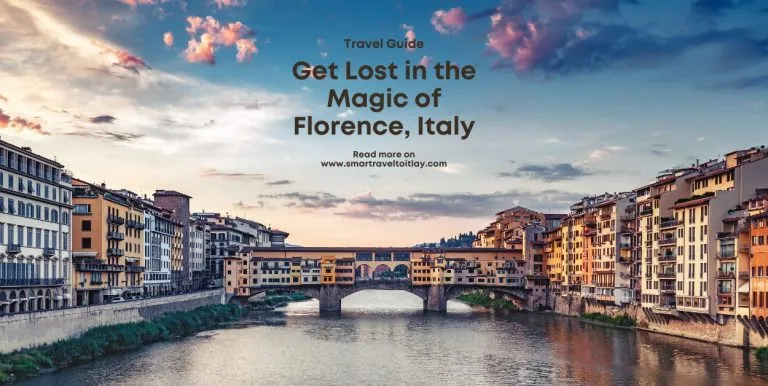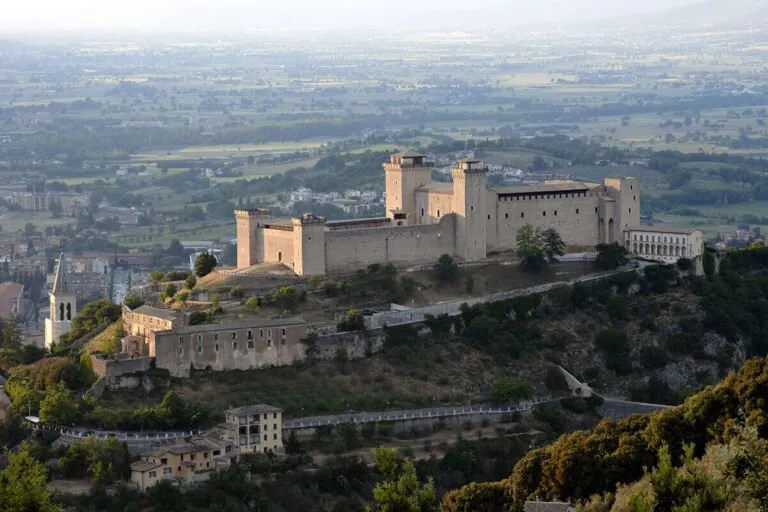Pantelleria Island: Must-See Sights And Attractions
Looking for a unique beach holiday experience in Italy? Then it would be best if you visited Pantelleria. This island is popular with European travelers who relax, soak up the sun, and enjoy the sea. Pantelleria, situated in the Trapani province, is one of the southernmost parts of Europe. In fact, it is so far down south that the African continent is only thirty miles away.
Like most Sicilian islands, Pantelleria was formed from the eruptions of two volcanoes. This makes it a haven if you are a spas lover, as the entire island is dotted with thermal springs. On the flip side, however, the high sulfur content of the water makes it undrinkable.
Pantelleria is one of the largest among the numerous Sicilian islands. It will take you over an hour to drive over the entire circumference of the island. The presence of volcanic mountains and the formation of this island makes it an important case in volcanology, and it is also of great interest to geologists and volcano enthusiasts for over 100 years.
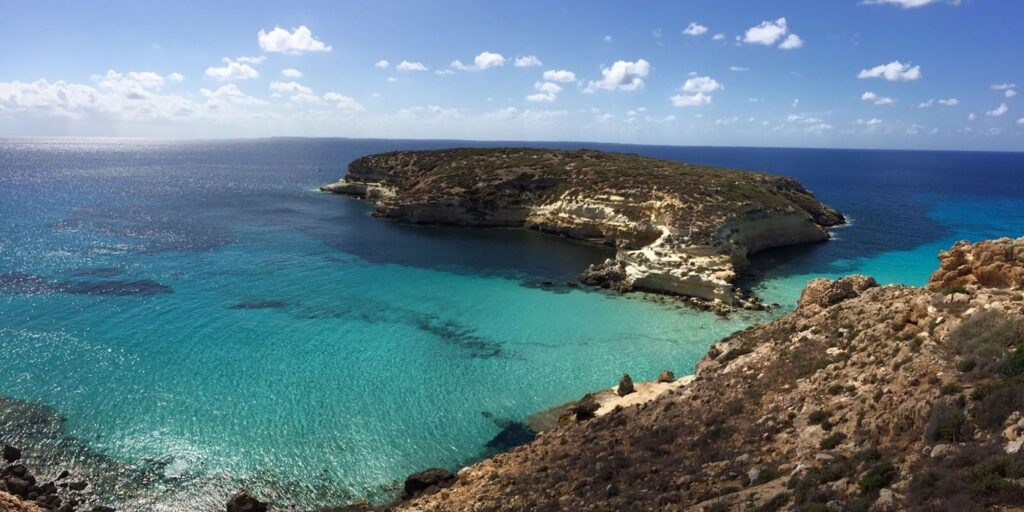
History
Pantelleria is considered the greatest among the many Sicilian islands. Man has inhabited the island for many centuries. The Greeks lived here, and they called it Cossyra. The island later became a Phoenicians colony, which built a port here. This is the only port between Sicily and Africa. The Carthaginians also inhabited the island, and after them came the Romans during the Punic Wars. The Arabs then conquered the island, which gave added impetus to agriculture, making the island self-sustained.
Pantelleria was a base for Italy during World War II. Its role in controlling the Canal of Sicily was indispensable. As a result, allied forces bombed it often, thereby destroying ancient relics and valuable information about its people’s history.
The Settlements
Most of Pantelleria is new, as the whole island had to be rebuilt after the bombings during World War II. The only surviving ancient monuments are the Sesi and the Barbacane Castle. The Sesi is or funerary chambers made of stone. These are from the late Bronze Age. The Barbacane Castle was built using black stones formed by volcanic lava. This castle was built several centuries ago, and the last structural renovation took place in 1700.
There are eleven villages and settlements on the entire island. These have still retained their Arabic names. The most important villages are Khamma, Rekhale, Bukkuram, and Buyer. You will also find some houses dotting the uninhabited lands. Interestingly, the traditional residence of Pantelleria is the dammuso. This is an Arabian cube-shaped house made using a stone called conci. Typically, the house has thick walls, and the roof is a terrace with a big dome in the center. The domes sometimes have numerous small openings or windows. These houses might look ghastly to some, as this art and architecture style is an acquired taste.
Attraction – The Sea
The waters surrounding Pantelleria is perhaps the biggest attraction that draws people in the thousands to the island. Unlike the Mediterranean waters in another place, the water that gently crashes into the Pantelleria soil is crystal clear. The top bathing spots along the coast are Karuscia, Campobello, Khattibuali, Cala Cinque Denti , Cala Gadir (which also has a thermal spring), Cala Tramontana, Faraglione, and Cala.
The coral seabed is full of unique and exotic marine flora and fauna that can’t be found anywhere else in the Mediterranean. For instance, you will be able to see many rare varieties of Gorgonia and swim past numerous types of algae. Tourists enjoy snorkeling in these waters, and sightings of playful dolphins bobbing in and out of the sea are not rare. All in all, a swim in the Pantelleria sea will be an exhilarating and emotional experience for you.
Things to do in Pantelleria
There is a lot to do and see in Pantelleria. To start things off, you can take a boat ride around the island to get familiarized with it. Sticking with the water theme, you can then visit the natural marine caves, go snorkeling or scuba diving, or you could stretch yourself out on a beach towel and sun.
Pantelleria on Foot
Walking through Pantelleria, you will unravel many interesting activities and go on little adventures. It would be best if you took a walk through the fields of the zibibbo grapes. You will pass the typical Pantelleria farm cottage and quaint little houses on the way.
Montagna Grande Natural Park
A visit to the Montagna Grande Natural Park is a must. This is especially recommended if you have an interest in trees and botany. Here, you will get to see 600 different species of trees, including rare ones like the Limonium Cosyrese, the Helichrysum Errarae, and the Mattiola Encana. You will also see different types of birds and colorful insects here. You must stay and watch the sunset on the Sicilian Channel. If the weather is clear, you may even be able to the African coast.
Specchio di Venere
The Specchio di Venere is a tiny lake on the island. This is a volcanic crater that is fed by thermal springs. This water is therapeutic, and the lake is also a popular destination for water sports. It is also a great place to go bird watching in spring and summer when you find some exotic migratory birds crossing.
Khagiar
The Khagiar is a lush Mediterranean bush covered in myrtle, arbutus, lentil, and heather. This was once the path of the lava flow and is three kilometers long. You will see many wild rabbits here, and so does the so-called Greek turtle.
Dietro Isola
In the southern part of the island is the Dietro Isola. This is a pinewood forest, which is an extension of the Montagna Grande. This is a popular destination for bird watchers, and the scents from the greenery will overwhelm you. There are several cliffs here that offer you some of the best views from the island.
Piana di Ghirlanda
The island’s ancient volcanoes surround the fertile plains of Piana di Ghirlanda. Nestled within these green expanses are Byzantine tombs.
Thermal Baths
Pantelleria is a volcanic isle full of thermal springs. The rise in different places on the coast with temperatures ranging between 70 and 100 ° C.
The Bagno Asciutto is a natural sauna situated inside a beautiful cave. This treasure is a lucky find as it could have been lost among the rocks the surround it. The popular thermal baths are at Cala Rotonda, Balata dei Turchi and its obsidian cave, Nicà, the ancient Roman port of Scauri, Sateria, Suvaki, Punta Fram (the fantastically sculpted lava forms here are also a highlight), Mursia, and the Cala Bue The incredible Arco dell Elefante is anther natural monument at Pantelleria and legend has it that when the island lacks water, an elephant pumps it in from the sea.
But the most popular spring the Venus’ Bath. The spring is actually 6 kilometers from the built-up area that is known as Venus’ Bath. This beautiful lake with green water was a crater formed by volcanic eruptions. The lake is big and has a half kilometer long diameter. This bath gets its name from mythology. According to the story, the Goddess Venus reflected herself in this lake’s waters to compare her beauty to Psyche’s, her rival in love.
Zibibbo grapes & Moscato wine
Grapes were introduced to the island by the Arabs, but full-fledged production started only in the mid 19th century. The zibibbo is the most popular grape on the island of Pantelleria. The name is derived from the Arabic word zibib that means grape. The method of cultivation of the grapes is similar to the technique taught by the Arabic rulers.
Many wines are made from the zibibbo grapes. The taste of this wine is very different from the wines made from other types of grapes. The local wine is called Moscato. It had a dark yellow or amber color and has a robust taste.
The island also manufactures the Passito wine. This wine also has an amber color, but the taste is unique, as it tastes like dried figs, candied fruits, and dates. Another wine produced here from the zibibbo grapes is the Bianco di Pantelleria.
How to get to Pantelleria?
By Air: Pantelleria airport is 2 kilometers from the city. You can get connections to all major Italian cities here.
By Sea: You could get here by sea using ferries and hydrofoils. The closest port is at Trapani, which is 53 Kilometers from Pantelleria.
The harbor at Pantelleria is small. There are only 20 berths, and to dock here, your boat should have a minimum depth of two meters and a maximum length of 24 meters.
By Road: There are no highways and motorway lines in Pantelleria. The nearest ones are in Trapani.
By Train: The closest train station is at Trapani.
